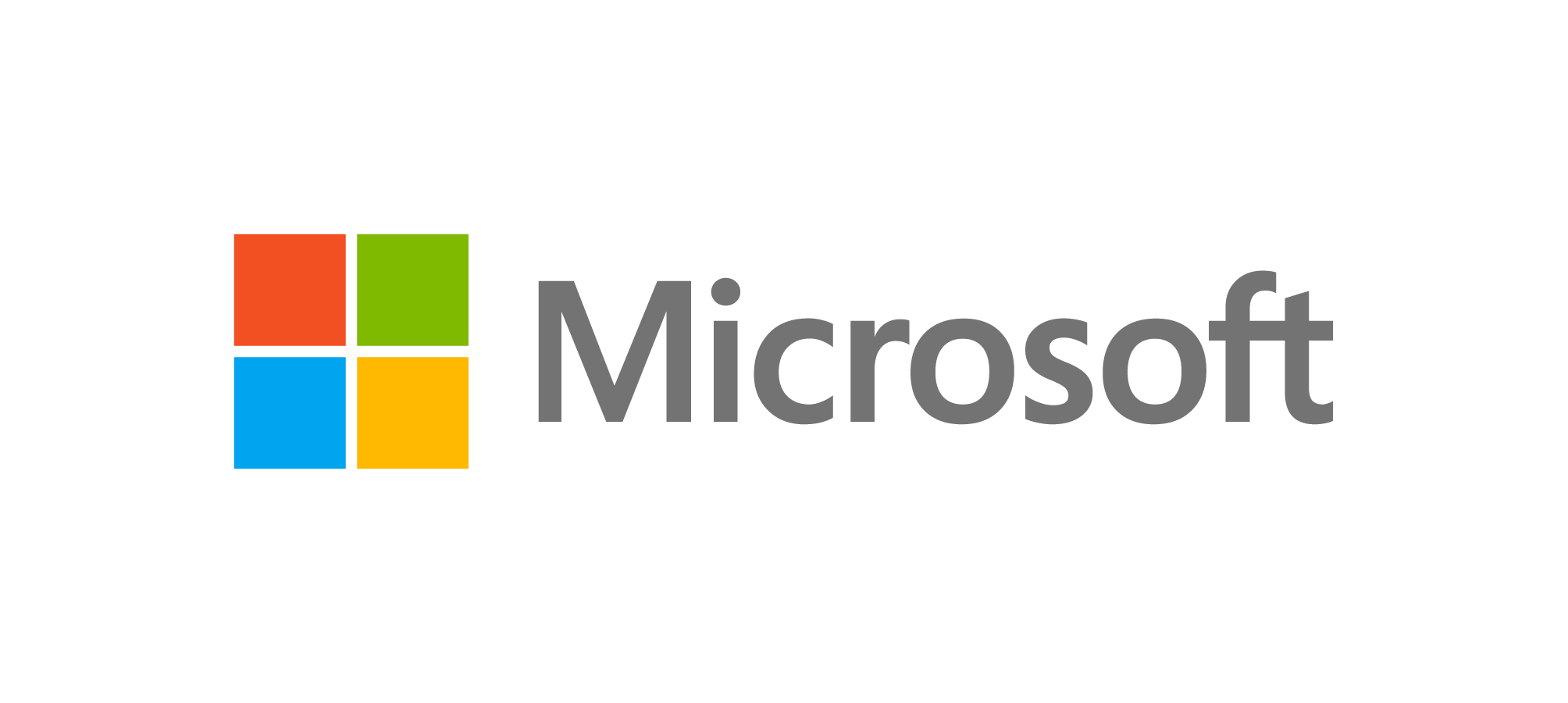AP-CSP Curriculum Guides
5. Programming
Overview

- EU 5.1 Programs can be developed for creative expression, to satisfy personal curiosity, to create new knowledge, or to solve problems (to help people, organizations, or society).
- EU 5.2 People write programs to execute algorithms.
- EU 5.3 Programming is facilitated by appropriate abstractions.
- EU 5.4 Programs are developed, maintained, and used by people for different purposes.
- EU 5.5 Programming uses mathematical and logical concepts.
Reading from the Computer Science Field Guide

Start by reading through:
The AP CSP framework does not require a specific programming language but does require students to learn programming.
Learning objectives

The above chapter readings include specific knowledge for EKs marked in bold. Work to include unmarked learning objectives in the CS Field Guide is currently in progress.
LO 5.1.1 Develop a program for creative expression, to satisfy personal curiosity, or to create new knowledge.

- EK 5.1.1A Programs are developed and used in a variety of ways by a wide range of people depending on the goals of the programmer.
- EK 5.1.1B Programs developed for creative expression, to satisfy personal curiosity, or to create new knowledge may have visual, audible, or tactile inputs and outputs.
- EK 5.1.1C Programs developed for creative expression, to satisfy personal curiosity, or to create new knowledge may be developed with different standards or methods than programs developed for widespread distribution.
- EK 5.1.1D Additional desired outcomes may be realized independently of the original purpose of the program.
- EK 5.1.1E A computer program or the results of running a program may be rapidly shared with a large number of users and can have widespread impact on individuals, organizations, and society.
- EK 5.1.1F Advances in computing have generated and increased creativity in other fields.
LO 5.1.2 Develop a correct program to solve problems.

- EK 5.1.2A An iterative process of program development helps in developing a correct program to solve problems.
- EK 5.1.2B Developing correct program components and then combining them helps in creating correct programs.
- EK 5.1.2C Incrementally adding tested program segments to correct working programs helps create large correct programs.
- EK 5.1.2D Program documentation helps programmers develop and maintain correct programs to efficiently solve problems.
- EK 5.1.2E Documentation about program components, such as code segments and procedures, helps in developing and maintaining programs.
- EK 5.1.2F Documentation helps in developing and maintaining programs when working individually or in collaborative programming environments.
- EK 5.1.2G Program development includes identifying programmer and user concerns that affect the solution to problems.
- EK 5.1.2H Consultation and communication with program users is an important aspect of program development to solve problems.
- EK 5.1.2I A programmer’s knowledge and skill affects how a program is developed and how it is used to solve a problem.
- EK 5.1.2J A programmer designs, implements, tests, debugs, and maintains programs when solving problems.
LO 5.1.3 Collaborate to develop a program.

- EK 5.1.3A Collaboration can decrease the size and complexity of tasks required of individual programmers.
- EK 5.1.3B Collaboration facilitates multiple perspectives in developing ideas for solving problems by programming.
- EK 5.1.3C Collaboration in the iterative development of a program requires different skills than developing a program alone.
- EK 5.1.3D Collaboration can make it easier to find and correct errors when developing programs.
- EK 5.1.3E Collaboration facilitates developing program components independently.
- EK 5.1.3F Effective communication between participants is required for successful collaboration when developing programs.
LO 5.2.1 Explain how programs implement algorithms.

- EK 5.2.1A Algorithms are implemented using program instructions that are processed during program execution.
- EK 5.2.1B Program instructions are executed sequentially.
- EK 5.2.1C Program instructions may involve variables that are initialized and updated, read, and written.
- EK 5.2.1D An understanding of instruction processing and program execution is useful for programming.
- EK 5.2.1E Program execution automates processes.
- EK 5.2.1F Processes use memory, a central processing unit (CPU), and input and output.
- EK 5.2.1G A process may execute by itself or with other processes.
- EK 5.2.1H A process may execute on one or several CPUs.
- EK 5.2.1I Executable programs increase the scale of problems that can be addressed.
- EK 5.2.1J Simple algorithms can solve a large set of problems when automated.
- EK 5.2.1K Improvements in algorithms, hardware, and software increase the kinds of problems and the size of problems solvable by programming.
LO 5.3.1 Use abstraction to manage complexity in programs.

- EK 5.3.1A Procedures are reusable programming abstractions.
- EK 5.3.1B A procedure is a named grouping of programming instructions.
- EK 5.3.1C Procedures reduce the complexity of writing and maintaining programs.
- EK 5.3.1D Procedures have names and may have parameters and return values.
- EK 5.3.1E Parameterization can generalize a specific solution.
- EK 5.3.1F Parameters generalize a solution by allowing a procedure to be used instead of duplicated code.
- EK 5.3.1G Parameters provide different values as input to procedures when they are called in a program.
- EK 5.3.1H Data abstraction provides a means of separating behavior from implementation.
- EK 5.3.1I Strings and string operations, including concatenation and some form of substring, are common in many programs.
- EK 5.3.1J Integers and floating-point numbers are used in programs without requiring understanding of how they are implemented.
- EK 5.3.1K Lists and list operations, such as add, remove, and search, are common in many programs.
- EK 5.3.1L Using lists and procedures as abstractions in programming can result in programs that are easier to develop and maintain.
- EK 5.3.1M Application program interfaces (APIs) and libraries simplify complex programming tasks.
- EK 5.3.1N Documentation for an API/library is an important aspect of programming.
- EK 5.3.1O APIs connect software components, allowing them to communicate.
LO 5.4.1 Evaluate the correctness of a program.

- EK 5.4.1A Program style can affect the determination of program correctness.
- EK 5.4.1B Duplicated code can make it harder to reason about a program.
- EK 5.4.1C Meaningful names for variables and procedures help people better understand programs.
- EK 5.4.1D Longer code segments are harder to reason about than shorter code segments in a program.
- EK 5.4.1E Locating and correcting errors in a program is called debugging the program.
- EK 5.4.1F Knowledge of what a program is supposed to do is required in order to find most program errors.
- EK 5.4.1G Examples of intended behavior on specific inputs help people understand what a program is supposed to do.
- EK 5.4.1H Visual displays (or different modalities) of program state can help in finding errors.
- EK 5.4.1I Programmers justify and explain a program’s correctness.
- EK 5.4.1J Justification can include a written explanation about how a program meets its specifications.
- EK 5.4.1K Correctness of a program depends on correctness of program components, including code segments and procedures.
- EK 5.4.1L An explanation of a program helps people understand the functionality and purpose of it.
- EK 5.4.1M The functionality of a program is often described by how a user interacts with it.
- EK 5.4.1N The functionality of a program is best described at a high level by what the program does, not at the lower level of how the program statements work to accomplish this.
LO 5.5.1 Employ appropriate mathematical and logical concepts in programming.

- EK 5.5.1A Numbers and numerical concepts are fundamental to programming.
- EK 5.5.1B Integers may be constrained in the maximum and minimum values that can be represented in a program because of storage limitations.
- EK 5.5.1C Real numbers are approximated by floating-point representations that do not necessarily have infinite precision.
- EK 5.5.1D Mathematical expressions using arithmetic operators are part of most programming languages.
- EK 5.5.1E Logical concepts and Boolean algebra are fundamental to programming.
- EK 5.5.1F Compound expressions using and, or, and not are part of most programming languages.
- EK 5.5.1G Intuitive and formal reasoning about program components using Boolean concepts helps in developing correct programs.
- EK 5.5.1H Computational methods may use lists and collections to solve problems.
- EK 5.5.1I Lists and other collections can be treated as abstract data types (ADTs) in developing programs.
- EK 5.5.1J Basic operations on collections include adding elements, removing elements, iterating over all elements, and determining whether an element is in a collection.



